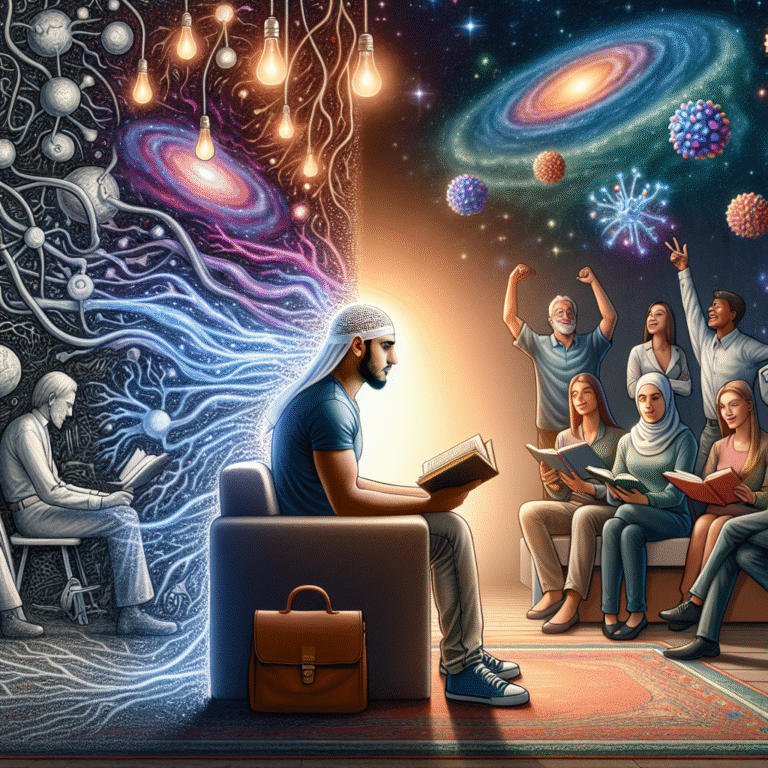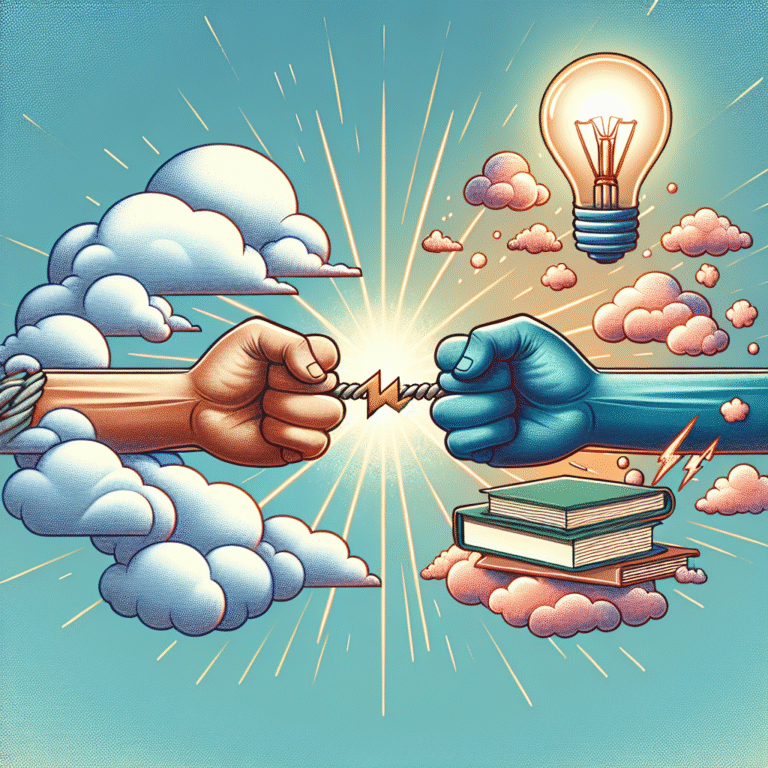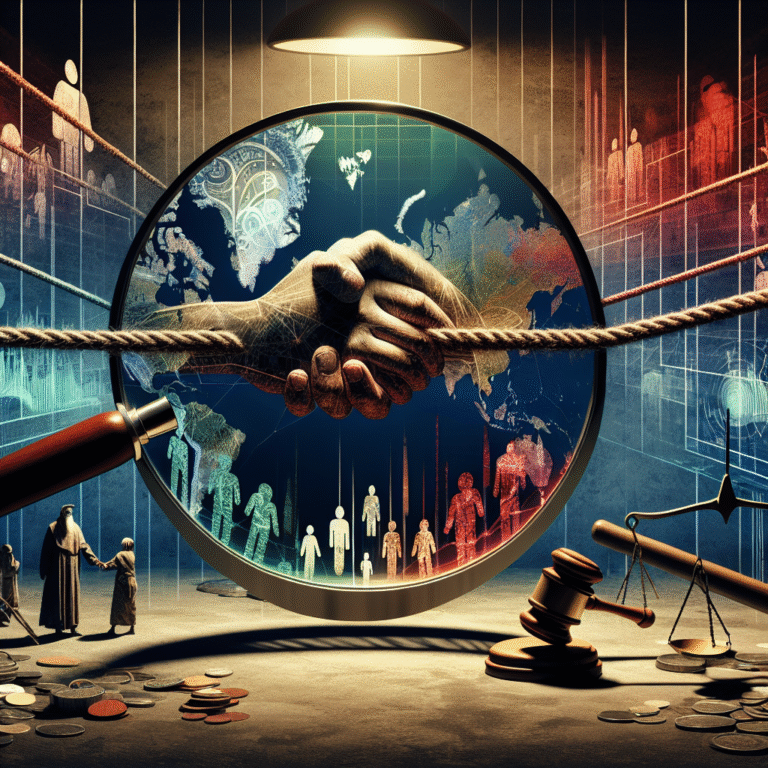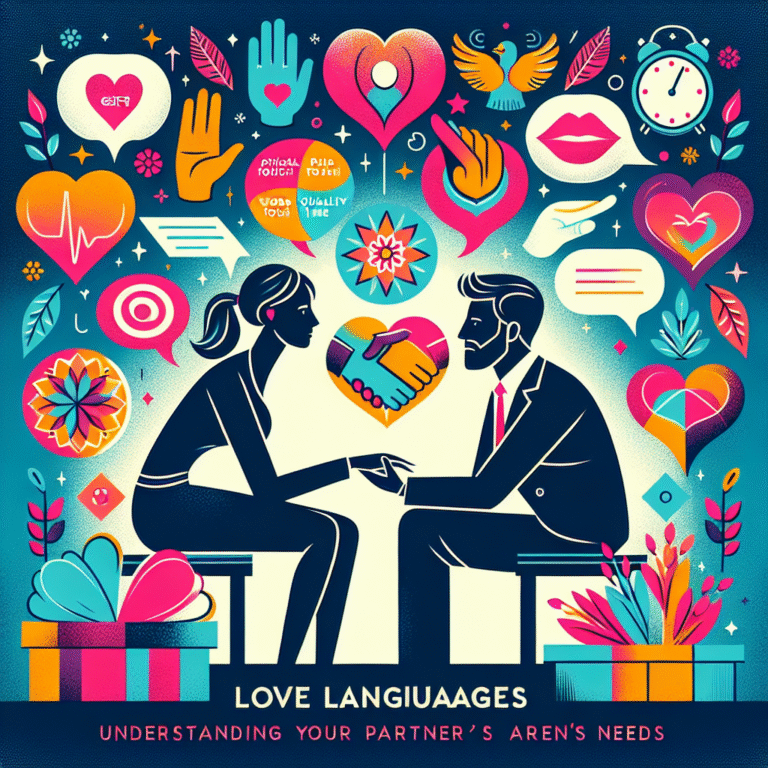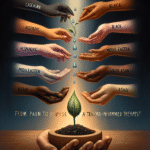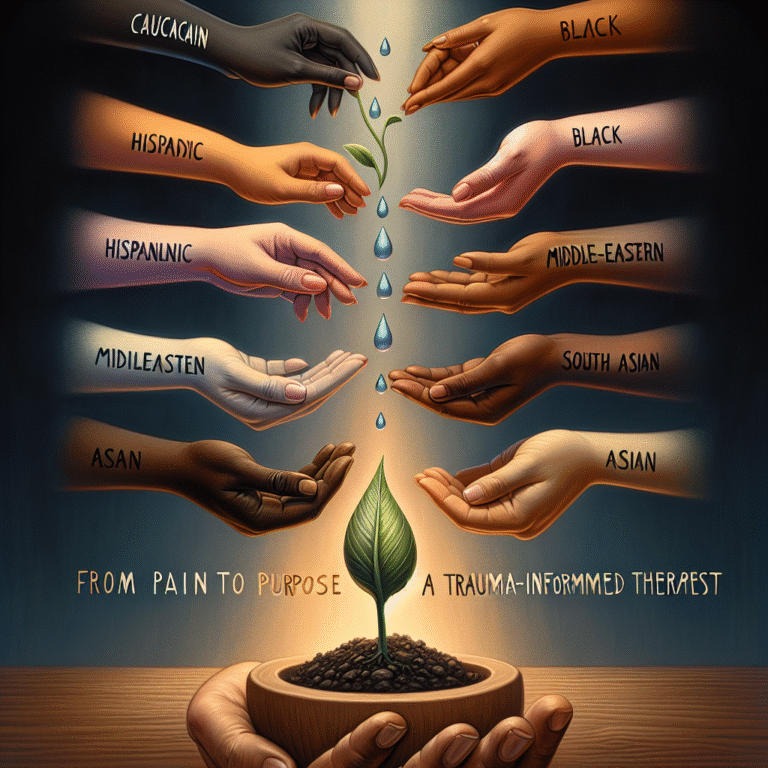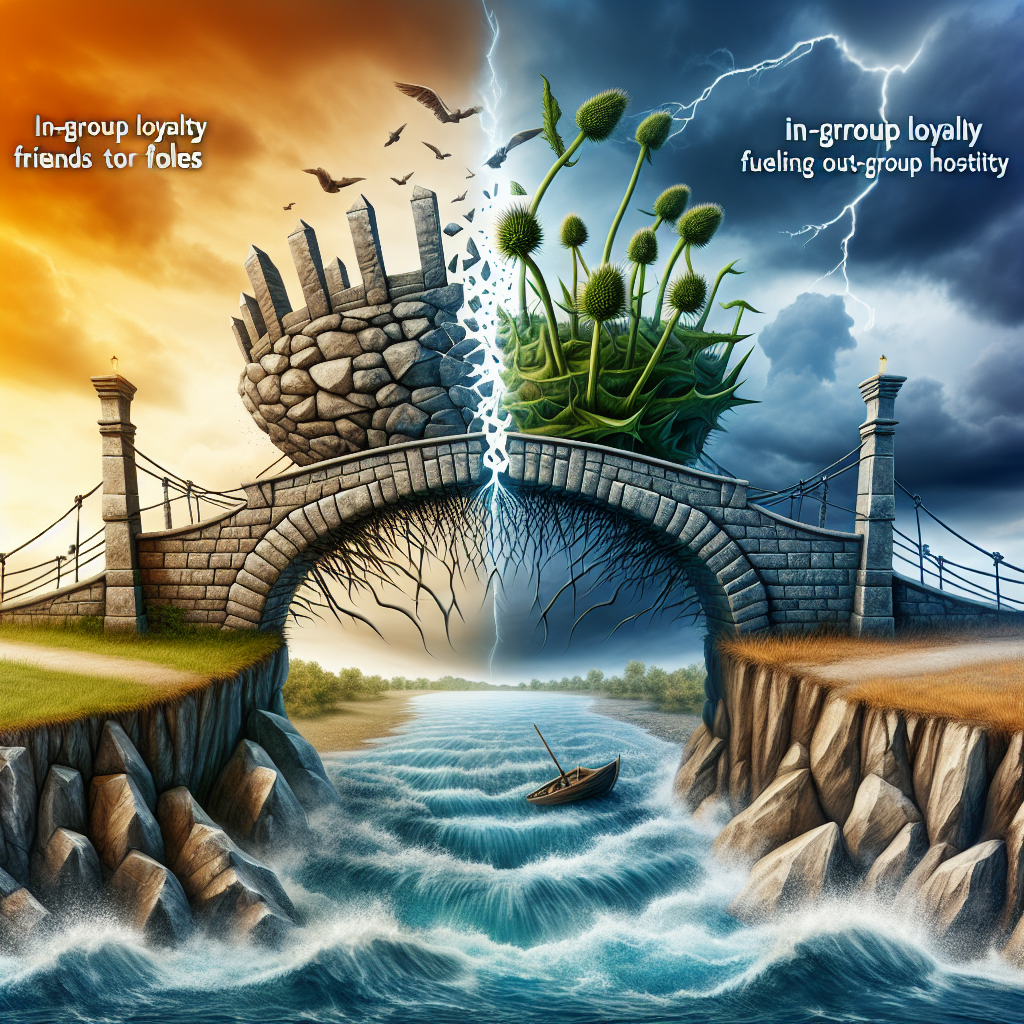
Introduction
In an increasingly polarized world, the phenomenon of "From Friends to Foes: How In-Group Loyalty Fuels Out-Group Hostility" has never been more relevant. Social dynamics are shifting as we witness friends turning into adversaries, communities splintering, and societies becoming more divisive. At the heart of these transformations lies a fundamental human trait: loyalty to one’s group. Understanding this intricate relationship can offer us valuable insights into our social fabric, challenging our perceptions of belonging and enmity.
In this article, we delve deep into how being loyal to our in-group can often manifest as hostility toward out-groups. We’ll examine psychological theories, explore real-world case studies, and provide actionable insights for navigating this complex landscape.
The Psychology Behind In-Group Loyalty
The Social Identity Theory
At the core of in-group loyalty is the Social Identity Theory, introduced by Henri Tajfel and John Turner in the 1970s. This theory posits that individuals categorize themselves and others into different groups, leading them to develop a sense of identity and belonging. The stronger the identification with an in-group, the more pronounced the out-group hostility can become.
Key Concepts
- In-Group Bias: A tendency to favor one’s own group over others.
- Out-Group Discrimination: The actions or attitudes that disadvantage those outside of one’s group.
Consider a sports team—a group formulating an identity. The more intense the loyalty to the team, the more vehemently its fans might disdain rival teams, leading to heightened tensions.
Real-World Example: Political Partisanship
Political affiliations provide a robust case study in understanding "From Friends to Foes: How In-Group Loyalty Fuels Out-Group Hostility." As political identities become increasingly polarized, individuals often find themselves at odds with those holding different political views.
- Case Study: The 2016 U.S. Presidential Election illustrated this phenomenon profoundly. Voters on either side exhibited intense loyalty to their respective candidates, which resulted in exacerbated tensions and public outcry against the opposing party. Research indicated that partisans expressed negative feelings toward members of the opposing party, often personalizing these views.
The aftermath of this election serves as a cautionary tale of how loyalty can spiral into hostility, painting the other side as the enemy rather than engaging in constructive dialogue.
Mechanisms That Fuel Hostility
Group Polarization
Group polarization occurs when discussions within a group lead to more extreme positions. This phenomenon contributes to the loyalty individuals exhibit toward their in-group, ultimately brewing hostility against out-groups.
Example: Online Echo Chambers
Social media platforms serve as fertile grounds for group polarization. Echo chambers form as users interact predominantly with like-minded individuals, reinforcing their beliefs and often misrepresenting opposing views. These online spaces exemplify "From Friends to Foes: How In-Group Loyalty Fuels Out-Group Hostility" in action.
Table 1: Effects of Polarization in Social Media
| Factor | In-Group Behavior | Out-Group Hostility |
|---|---|---|
| Information Confirmation | Increased loyalty to shared views | Dehumanization of opposing viewpoints |
| Participation in Group Actions | Heightened group identity | Aggressive rhetoric towards outsiders |
| Emotional Response | Collective euphoria | Shared outrage towards opposition |
Scapegoating and Projection
Another critical mechanism at play is the concepts of scapegoating and projection. When in-groups face challenges or threats, they may project faults onto out-groups, blaming them for their problems, which fosters animosity.
Case Study: Economic Strain and Xenophobia
Historically, economic downturns have resulted in increased xenophobia. For example, the rise of anti-immigrant sentiment during the 2008 financial crisis illustrated how groups often scapegoated immigrants for job losses.
- Analysis: This reaction was fueled by a perceived threat to job security, leading to a stronger in-group cohesion and hostility towards those outside, reinforcing the cycle of blame and division.
Cultural Factors Influencing Loyalty and Hostility
Historical Context
Cultural narratives and historical contexts significantly influence in-group loyalty. Stories of triumph, loss, and identity shape perceptions of in-groups and out-groups.
Example: Historical Conflicts
Regions with a history of conflict—such as the Balkans in the 1990s—exhibit extreme examples of how cultural narratives can fuel hostility. The wars following the breakup of Yugoslavia showcased how long-standing grievances became catalysts for brutal ethnic conflicts.
Modern Media Influence
The role of modern media also shapes in-group loyalty. News narratives often emphasize conflict, leading viewers to respond with heightened emotional reactions towards out-groups.
The Double-Edged Sword of Loyalty
Benefits of In-Group Loyalty
Before diving into the dark side, it’s crucial to recognize the benefits of in-group loyalty. Loyalty can foster community, cooperation, and resilience. In many contexts—family, friendship, or professional settings—being part of a supportive group can usher in positivity and mutual growth.
Positive Case Example: Community Solidarity
Community service groups embody positive in-group loyalty. These organizations often gather individuals who share similar values, leading to cooperative efforts and improved local environments.
The Dark Side of Loyalty: Consequences of Out-Group Hostility
While there are upsides, the consequences of out-group hostility cannot be dismissed. It can damage social cohesion, create environments of hate, and even spawn conflicts, as seen in various historical contexts.
Navigating In-Group Loyalty and Out-Group Hostility
Strategies for Mitigation
Understanding "From Friends to Foes: How In-Group Loyalty Fuels Out-Group Hostility" arms us with knowledge that allows for effective strategies to mitigate harmful dynamics.
-
Encouraging Intergroup Dialogue: Bringing together opposing groups to foster understanding can bridge divides and reduce hostility.
-
Promoting Empathy: Initiatives that promote empathetic perspectives can humanize out-groups, reducing tensions and fostering cooperative relationships.
- Balanced Media Consumption: Encouraging individuals to consume a balanced array of media can help counteract bias and broaden perspectives.
Actionable Insights for the Individual
- Practice Active Listening: When encountering differing views, spend time understanding the other side without preconceived notions.
- Challenge Stereotypes: Actively engage in questioning negative stereotypes about out-groups in discussions and publications.
- Build Diverse Communities: Aim to cultivate relationships that span various groups to experience different perspectives first-hand.
Conclusion
"From Friends to Foes: How In-Group Loyalty Fuels Out-Group Hostility" is a complex but vital topic that demands our attention in today’s social landscape. Our innate loyalty to our groups can create rich bonds and community spirit, yet it can also foster division and enmity when directed toward out-groups. By seeking mutual understanding and promoting empathy, we can change the narrative from one of competition to one of cooperation.
As you journey into this world, remember—the power to shift the paradigm lies in your hands. Foster connections, challenge biases, and promote dialogue. Only then can we begin to heal the divides that often seem insurmountable.
FAQs
1. What is in-group loyalty?
In-group loyalty refers to the strong bond and allegiance individuals feel toward their own social group, often leading to favoritism over others.
2. How does in-group loyalty lead to out-group hostility?
In-group loyalty can create a mindset where members view outsiders as threats or adversaries, fostering discrimination and animosity.
3. Can in-group loyalty have positive effects?
Yes, in-group loyalty can lead to community support, shared goals, and collective resilience in times of need.
4. What are some examples of out-group hostility in society?
Examples include political polarization, ethnic discrimination, and the stigmatization of immigrant communities, which often arise from heightened in-group loyalty.
5. How can individuals reduce out-group hostility?
Engaging in open dialogues with out-group members, promoting empathy, and consuming diverse media can help mitigate hostility and foster understanding.
In summary, navigating the complexities of loyalty and enmity opens up avenues for more harmonious interactions. As we illuminate the shadows of division, we take strides toward a more united future.




